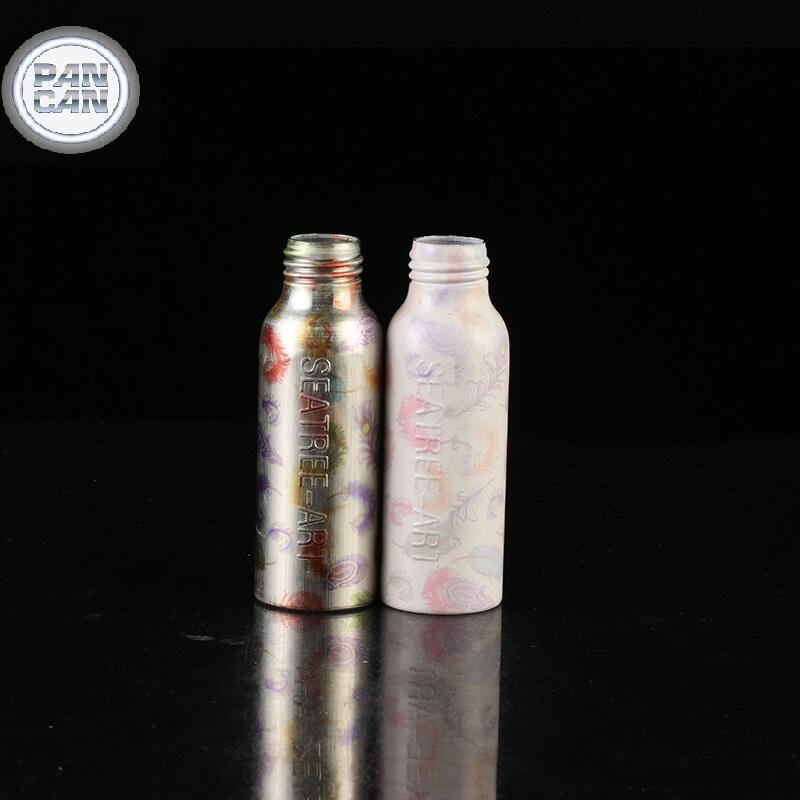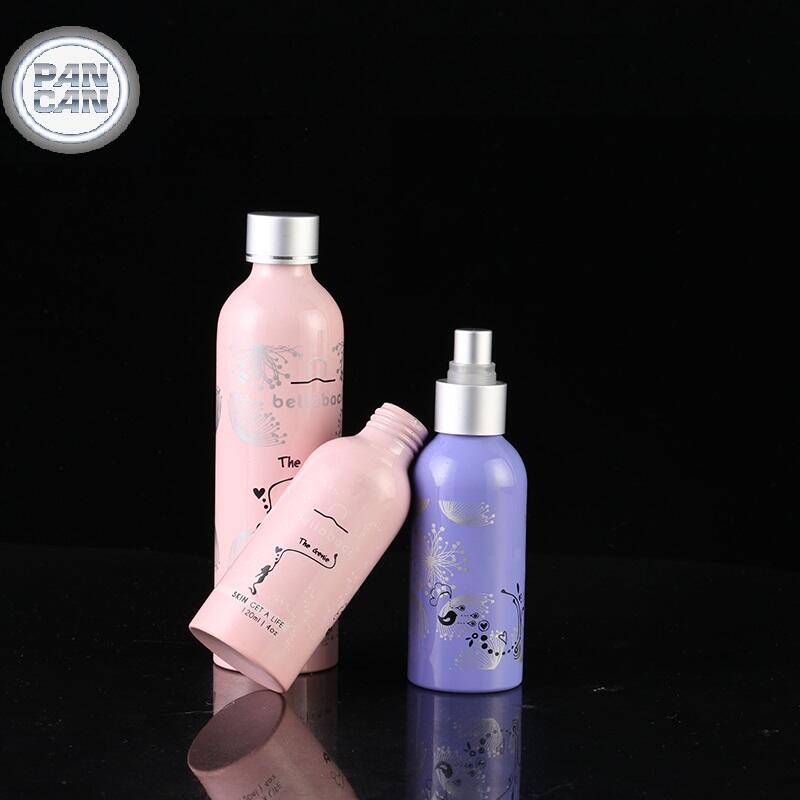How New Regulations Are Accelerating Market Shift
Stricter Rules Under the EU's PPWR
The European Union’s Packaging and Packaging Waste Regulation (PPWR), officially entered into force on February 11, 2025, replaces the long-standing Packaging Directive and establishes binding targets and standards for packaging design, reuse, and recyclability. Under PPWR, all packaging in the EU must be economically recyclable by 2030 and adhere to “design for recycling” criteria. Packaging that cannot meet minimum recyclability grades (A‑C) will face market exclusion. These changes are catalyzing strong demand for aluminum packaging, which naturally scores highly under recyclability standards.
Furthermore, reusable and refillable packaging is promoted, with reuse targets starting at 40 percent for transport and grouped packaging by 2030. Aluminum’s durability perfectly aligns with these reuse mandates.
Waste Reduction and Hazardous Substance Restrictions
PPWR also mandates packaging waste reduction targets: 5 percent by 2030, 10 percent by 2035, and 15 percent by 2040 versus 2018 levels. The regulation includes restrictions on PFAS chemicals in food packaging starting August 12, 2026. Aluminum packaging typically has minimal hazardous additives and is easier to certify as compliant compared to multi-layer plastics.
Why Aluminum Packaging Emerges as a Preferred Material
Recyclability Advantage
Aluminum beverage cans and containers often achieve recycling rates of 60‑70 percent in Europe. They can be recycled indefinitely without material degradation, making them ideal under PPWR’s economic recycling and DfR requirements. Because aluminum yields high-quality recycled content, manufacturers can meet PPWR's mandatory recycled content thresholds and recyclability grades with greater ease than plastic packaging.
Design for Recycling and Labeling Compliance
PPWR mandates clear and standardized packaging labels starting mid‑2025 and harmonized symbols by August 2025 to aid consumer sorting. Aluminum’s single-material structure simplifies both label application and recycling compatibility, helping businesses meet these labeling requirements and avoid costly EPR fees tied to recyclability performance.
Business Drivers Behind Rising Demand
Extended Producer Responsibility and Market Access
Manufacturers and importers will bear responsibility for the entire lifecycle of their packaging under enhanced EPR schemes. Packaging that fails to meet minimum recyclability standards or recycled-content targets will incur higher fees or be phased out. Aluminum packaging’s strong recyclability profile makes it a cost-effective choice for avoiding non‑compliance penalties.
International Pressure and Supply Chain Alignment
Although PPWR is EU‑focused, its implications extend globally. Packaging exported to Europe must comply with the regulation. Global brands and suppliers are adapting by shifting toward aluminum packaging to maintain access to EU markets and align with international circular economy trends.
Market Trends and Adoption Across Industries
Fast-Moving Consumer Goods & Beverages
Aluminum packaging is surging in sectors like beverages, cosmetics, and health products, where recyclability and premium branding go hand in hand. Recent consumer trends favor packages that are durable, recyclable, and visually appealing—all of which aluminum delivers.
Retail, Hospitality, and Events
Hotels, event organizers, and retail chains are replacing single-use plastic bottles and containers with aluminum alternatives for sustainability messaging and compliance. These sectors benefit from aluminum’s recyclability and the ease of implementing deposit‑return systems, a PPWR requirement by 2029.
Reuse and Refill Applications
PPWR encourages reusable packaging systems in takeaway, retail, and hospitality. Aluminum packaging, being robust and easy to clean, is ideal for refill schemes and sturdy enough for multiple-use scenarios while staying compliant with regulatory reuse targets.

Challenges and Key Considerations
Energy Intensity and Material Extraction
Production of virgin aluminum is energy-intensive, and its environmental footprint is higher than plastic at first use. However, this is offset over time as recycled aluminum requires roughly 95 percent less energy to produce than primary aluminum, aligning with long-term carbon neutrality goals.
Infrastructure Disparities
Not all regions have effective aluminum collection and recycling systems. Achieving PPWR’s full potential requires investment in waste management infrastructure and public awareness to promote proper sorting and recycling behavior.
Labeling and Design Complexity
To meet PPWR’s design for recycling and labeling requirements, packaging designers must avoid multi-material laminates or composite labels that hinder recyclability. Aluminum packaging, often single-material and label-friendly, simplifies compliance, but branding needs must still be reconciled with regulatory criteria.
Future Outlook: A Transformed Packaging Landscape
Innovation in Lightweight and Reusable Packaging
Ongoing material innovation is producing lighter aluminum packaging without compromising strength. Brands are exploring customized, reusable aluminum formats that support reusable systems and refill models—perfectly aligned with circular economy objectives under PPWR.
Harmonized Standards and Grading Systems
By 2030, packaging will be assigned recyclability grades under PPWR’s grading system. Aluminum cans often achieve Grade A, making them highly attractive for manufacturers looking to maintain compliance and avoid import restrictions in EU markets.
Global Cascade Effect
Although PPWR is EU-specific, many multinational companies will voluntarily adopt its standards globally, accelerating global adoption of aluminum packaging. Similar regulations in other regions may follow, making aluminum packaging a strategic choice for forward-looking businesses.
FAQ
How does PPWR impact aluminum packaging demand?
PPWR mandates universal recyclability by 2030, reduced packaging waste, design for recycling, and reuse targets. Aluminum’s recyclability and single‑material design make it ideal under these requirements, boosting demand.
Why is aluminum preferred over plastic under PPWR?
Aluminum can be recycled indefinitely with high yield and quality, and typically meets design-for-recycling criteria (recyclable at scale). Plastic packaging often fails to meet such high-performance recyclability thresholds.
When will PPWR restrictions on PFAS and labeling take effect?
Restrictions on PFAS in food-contact packaging begin on August 12, 2026. Harmonized recycling labels for packaging must appear by August 2025. Full recyclability and reuse targets apply from 2030 onward.
Can businesses outside the EU benefit from using aluminum packaging?
Yes. Multinational brands exporting to Europe must comply with PPWR. Adopting aluminum packaging globally future-proofs supply chains, demonstrates environmental leadership, and aligns with emerging circular economy policies worldwide.






